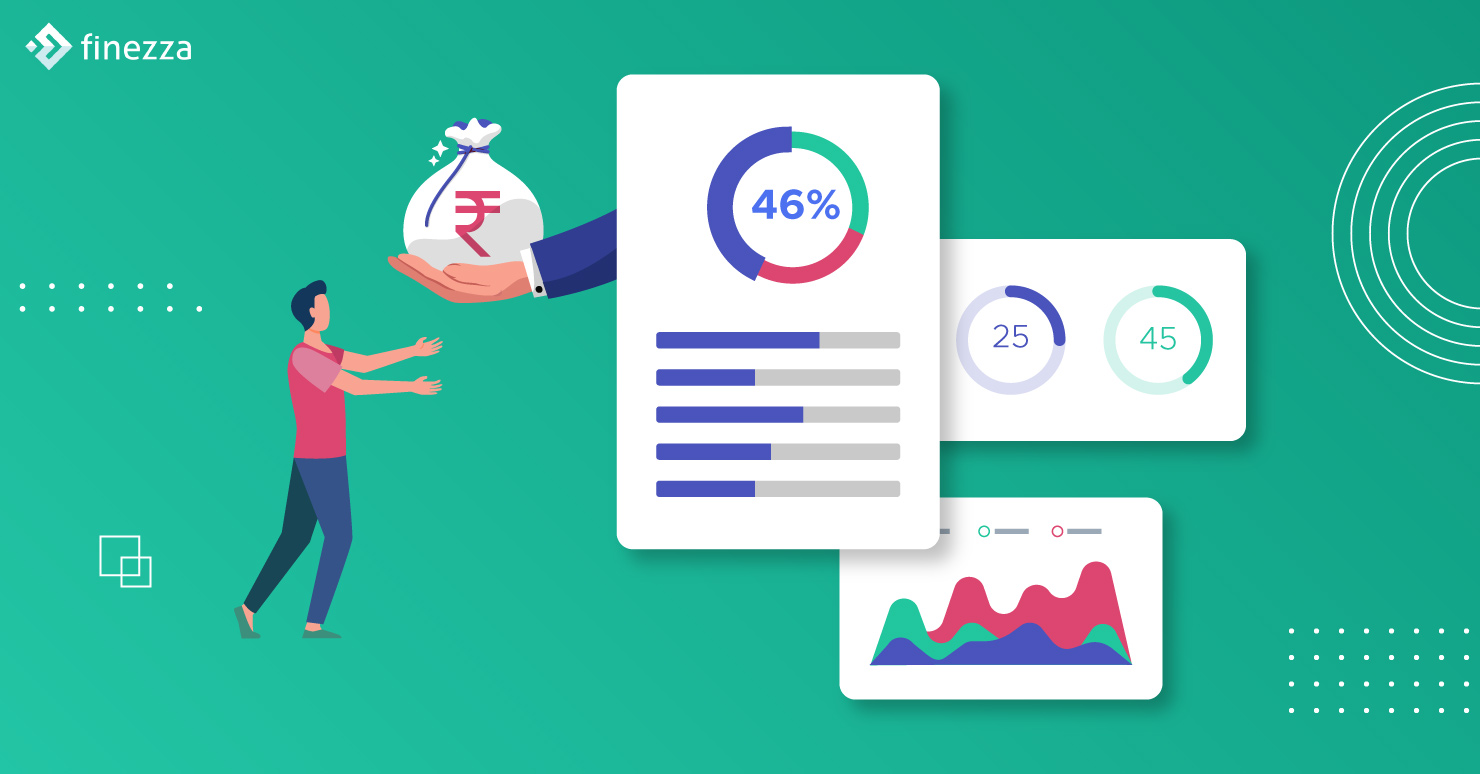Low-interest rates, quick turnaround times, and minimal documentation – these considerations are high on the wish list of practically anyone looking for a loan. With the government pushing lenders to boost the flow of credit in the economy, the odds of getting a quick loan have improved significantly for most people. However, this is not always the case for small traders and SMEs with poor to non-existent credit histories. This vulnerable group remains a significant outlier in terms of access to affordable credit despite the expansion of the formal credit market.
Social security schemes like Jan Dhan Yojana have certainly helped them get into the country’s financial mainstream. However, these initiatives have done little to boost the credit risk profile of small-time traders and unorganised workers. Unfortunately, many are forced to rely on traditional moneylenders that demand their pound of flesh in the form of higher interest rates.
P2P or Peer-to-Peer platforms are now making rapid inroads in this segment which is often labelled ‘sub-prime’ or ‘below prime’ by lenders to denote their less-than-average creditworthiness. By eliminating the middle-man or intermediary, P2P platforms are enabling both individuals and SMEs to get much-needed funds for personal and business use through online platforms.
The lenders here are not institutions but other people who are looking for a better return on investment than is otherwise possible. Currently, there are about 30 P2P companies in India which are expected to increase further with the RBI granting licenses to 19 others recently.
What makes P2P platforms unique in comparison to other lenders?
Compared to traditional options, P2P platforms are ideally suited for short-term borrowers. They come with several attractive features that set them apart from other players in the lending space:
Let’s take a look at some of the key features of P2P lending platforms in India:
Simple application process
With P2P platforms, the application process is simple and user-friendly. Applicants need to register themselves by completing an online form with the required financial and personal information. Registration fees may vary from platform to platform. Once the user profile is created, the platform assesses the borrower’s credit risk and assigns a rating to each borrower based on the assessment.
Zero Collateral
The lack of collateral is no longer a stumbling block for loan aspirants. With P2P lending, borrowers can avail non-collateralized loans against post-dated cheques drawn in favour of the platform which is used by the latter as security. Borrowers are also required to set up a direct debit facility for the purpose of EMI deduction. Unlike banks, the loan agreement entered between the borrower and lender is a virtual document that is digitally signed by both parties and can be accessed via the P2P platform whenever required.
Low-interest rates
The margins charged by lenders determine the borrower’s monthly outgo to a large extent. According to the RBIs latest monetary policy report, the margins for Indian institutional lenders like banks and NBFCs were as high as 260 basis points over its benchmark rate, in some cases. Needless to say, this can significantly drive up the EMIs for small borrowers. In comparison, P2P platforms offer competitive interest rates as their operating costs are much lower. Depending on the borrower’s credit profile and type of occupation, the platform assigns him a risk rating and interest rate which needs to be accepted by the borrower in order to be listed on it. The process of interest rate determination is highly automated with a minimal human intervention which makes it fair and transparent.
P2P platforms offer attractive interest rates as their margins are significantly lower than larger lenders. This means that the investor(s) funding the loan can look forward to better returns than traditional investment options while borrowers benefit from cheaper loans.
Wider choice of loans
P2P platforms enable borrowers with poor credit scores to get access to multiple loan options that they would not have qualified for elsewhere. This is because the platform enables lenders to diversify their risk by spreading their risk across many categories of borrowers based on their credit risk profiles. The platform is responsible for creating and categorising borrower profiles so that interested parties can choose whether or not to fund them. This gives both borrowers and lenders unmatched flexibility. However, the maximum loan amount available can vary from platform to platform.
Faster loan approval
P2P platforms are leagues ahead of other lenders when it comes to loan approval timeframes. They typically disburse funds within 2-3 days of loan approval. This is because P2P platforms usually complete the verification process within 24 hours of an application. In addition to proof of income, they usually assess the borrower’s income tax returns to expedite loan approval. Further, lenders and borrowers can mutually agree on the rate of interest, based on the risk rating assigned by the platform. Borrowers need not wait until the loan is fully funded. Disbursement starts once 75% of the required amount is funded.
Lower fees
Both the borrower and the lender are required to pay a fee to use the services offered by P2P platforms. The exact amount payable depends on the loan amount and tenure as well as the platform’s own policies. At the time of registration, there is usually a processing fee that is payable while the penalty for defaulting on an EMI can vary, depending on the provider. There are no pre-closure charges, unlike traditional lenders.
What does the future look like for P2P lenders in India?
The lending market is going through a period of uncertainty currently. However, the rapid growth of the P2P ecosystem worldwide shows that the best is yet to come for Indian companies. In 2017, the RBI rolled out comprehensive guidelines for P2P players which limit their risk exposure while giving them credibility in the lending market. For investors looking for better returns, P2P platforms offer an opportunity for diversification and long-term growth. India’s yawning credit gap means that there is plenty of room for disruptors like P2P platforms to leave their mark.
As credit risk profiling assumes greater importance in a volatile lending sector, Finezza’s analytics and decision support capabilities can help lending companies create better outcomes. Discover new opportunities to consolidate and grow with the help of the market insights and process efficiencies made possible by Finezza. To know more, contact us today!





Leave a Reply